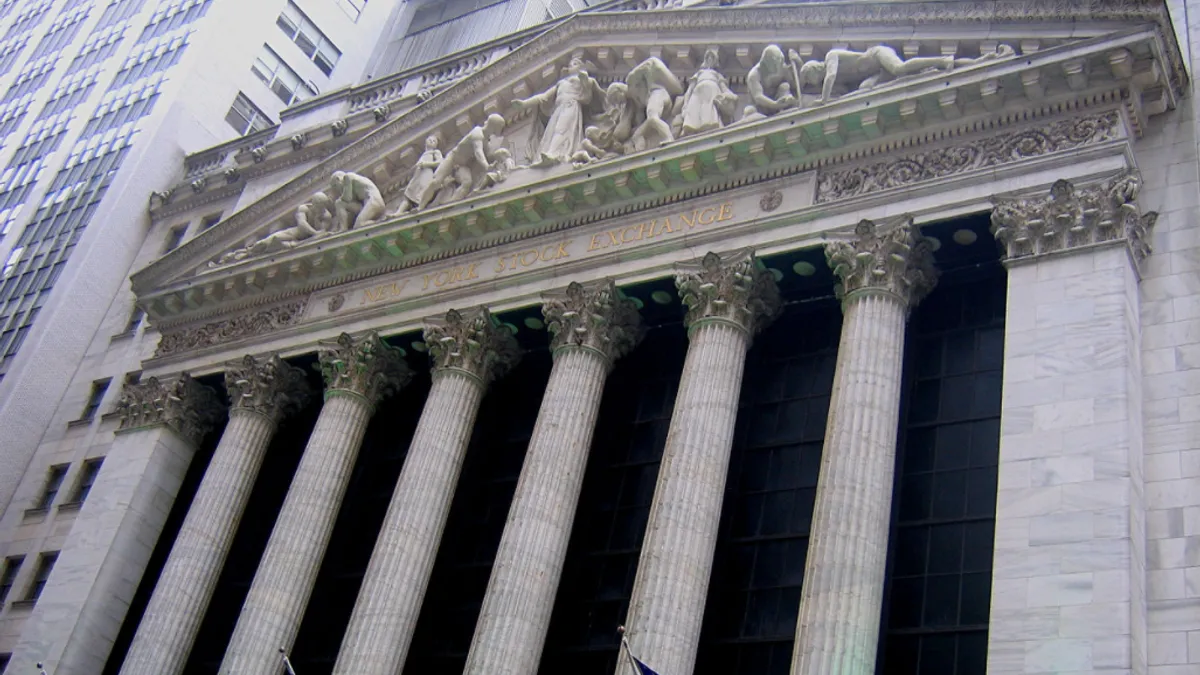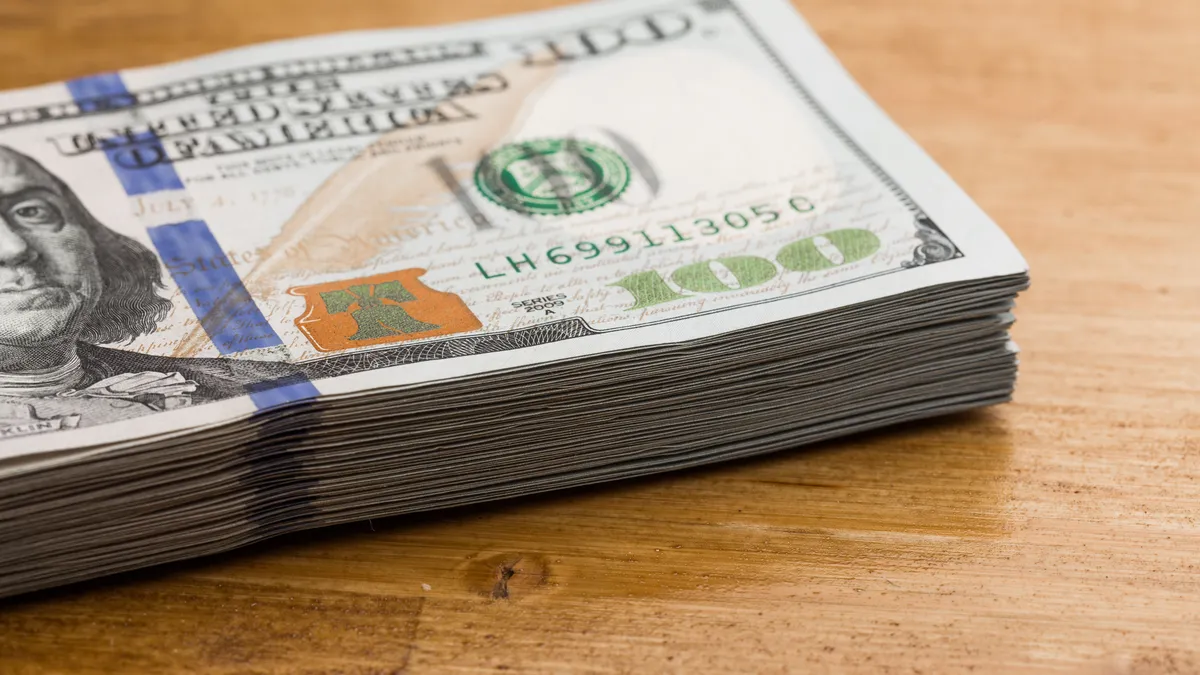Buybacks can be an effective part of your financial strategy but too often companies don’t think through the best way, and the best time, to authorize their programs, says Greg Milano, CEO of Fortuna Advisors, a management consulting firm.
“If you buy back shares when they’re relatively cheap, it benefits ... shareholders,” Milano told CFO Dive. “But if you instead concentrate buybacks when the price is peaking, it will drain value from the remaining shareholders and restrict share price increases. Unfortunately, most CFOs do not think this way.”
The veteran advisor said he sees two big mistakes companies make with their repurchases: they buy back too many shares and don’t time them properly.
“Achieving positive buyback effectiveness requires buying back more when the price is below the long-term share price trend,” he said. “That results in repurchasing more shares per dollar of buybacks.”
2021 a big year
Research his company conducted found that buyback effectiveness, along with volume, reached an all-time high last year.
“Aggregate buyback effectiveness was +0.7% — the highest ever since the company began tracking the metric,” he said.
The record volume wasn’t a surprise; cash balances surged during the pandemic as companies conserved capital, and then business for many of them came roaring back as the country learned to deal with remote work and commerce.
Against that backdrop, the 350 largest repurchasers of the S&P 500 breached $864 billion while median buyback effectiveness — the incremental value created when companies execute buybacks — reached an all-time high since Fortuna began doing its analysis in 2011.
The technology and industrial sectors delivered the highest median buyback ROI, generating 26.1% and 18.9% returns, respectively, for shareholders, with Advanced Micro Devices leading the way at 136%.
Most companies that did buybacks in 2021 achieved a buyback return on investment that exceeded their total shareholder return for the five previous years, Fortuna found.
Too quick to jump
Still, 44% of companies sampled for the 2022 Fortuna Advisors Buyback ROI Report bought back more stock above than below their long-term price trendline, implying large opportunity costs to their repurchase programs.
Going forward, to the extent the market sees a return to historical valuations, many companies will likely see a much lower, if not negative, buyback ROI, he said.
The firms in the best position to repurchase shares are those with excess cash after funding all value-creating investments, have money left over to be financially flexible as needs arise and have a management team that have concrete reasons to believe their company’s share price is poised to rise, he said.
If it meets these conditions, the company is a good candidate for buying back stock — but only if the market timing is right.
“It’s advisable to avoid large repurchases at the tops of economic cycles, given that valuations may cool off over time and returns on those repurchases may fall in tandem with share prices,” he said. “On the other hand, market downturns can be an excellent time to repurchase shares at a discount to intrinsic value.”
He warned if the value of equity drops too low relative to the assets of the company in buyback, the financial risk may rise in ways that are harmful to all stakeholders, including employees, customers, the community and even shareholders.
Seizing opportunities
The Fortuna CEO said companies big and small can benefit from well-thought-through buybacks. Big companies can benefit if they first exhaust the ability to reinvest productively all the cash they generate, and smaller companies can benefit if they have strong prospects for growing revenues, profits and the number of employees.
He said in planning to buyback shares, it’s key to study is how the current share price relates to its intrinsic, or fair, value.
“When shares are undervalued, companies should ramp up buybacks, and vice versa,” he said. “It’s really no different from any other use of capital. We want to buy low and sell high. That means buying back more shares when the price dips, and in so doing buying back more shares for the same amount of money.”
In the short term, the consultant said, repurchases lower the number of shares outstanding, which boosts earnings per share, and thus makes performance look stronger on paper. It also serves as a signal of confidence by the management team in the future performance of the company and that shares are undervalued, which can lead to share price gains in the near term.
In the long term, he said, buybacks have the effect of leveraging performance, since the market value gains or losses are concentrated in fewer shares, and therefore have a larger percentage impact on the increase or decrease in the share price.
Valuation frameworks
To get the most out of buybacks, Milano said, companies should use valuation frameworks to understand when and to what extent their shares are undervalued and ramp up repurchases in such periods.
Taking this approach will result in being able to repurchase more shares per dollar value and higher shareholder returns for remaining shareholders if the share price rises going forward.
When shares are fairly valued, or even overvalued, companies should hold off on distributions or consider a special dividend as an alternative.
Unfortunately, he said, it’s human nature for most executives to almost always think their share prices should be higher than they are, so his firm recommends using objective buyback timing signals that are based on facts, not opinions, and this removes some of the natural bias to always think your stock is cheap.
If your company is losing revenue and profitability, you probably shouldn’t buy back stocks, since the negative indicators are showing you need to focus on investment.


















